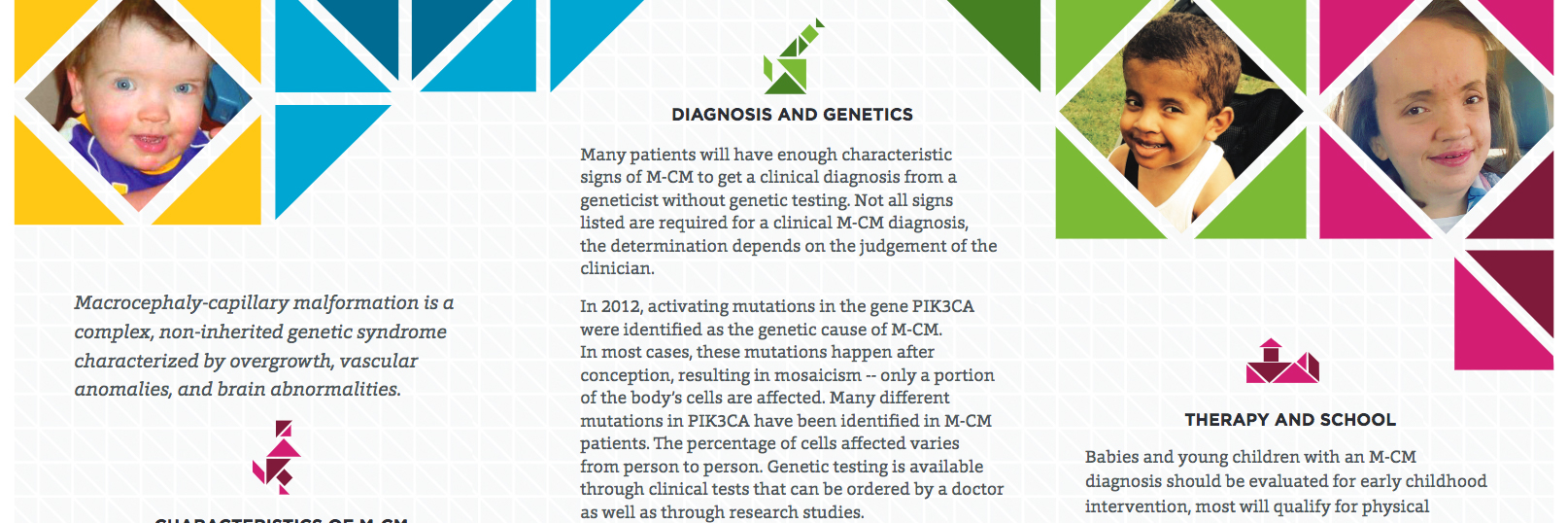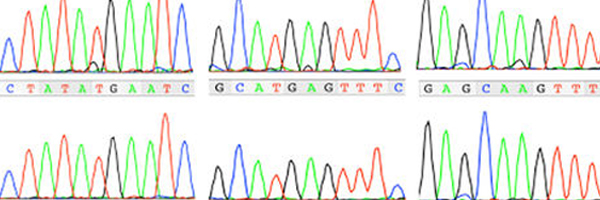Syndrome Description
Learn more about M-CM
Overgrowth is an important characteristic of M-CM. Besides brain overgrowth, it manifests as prenatal macrosomia and hemihyperplasia.
Prenatal macrosomia is very common but most M-CM children fall back into the normal range over the first two years and continue to grow at a normal rate thereafter.
Sometimes childrens' growth falls below the normal curves. When this is due to feeding issues, modified diets or use of a g-tube may be recommended. Some children show signs of endocrine problems such as hypoglycemia or delayed bone age. These children should be evaluated by a pediatric endocrinologist. Some children with M-CM have been found to have a growth hormone deficiency.
Clinical trials looking at the risks and benefits of growth hormone therapy in patients with M-CM have not been done to date, nor are there any case reports describing the effects and outcomes of growth hormone therapy in any patients with M-CM. Not all patients with M-CM and a documented growth hormone deficiency have been prescribed growth hormone. Providers should keep in mind when considering growth hormone that there may be an increased tumor predisposition in the syndrome.
Hemihyperplasia or asymmetry is a common characteristic and an important clue to an M-CM diagnosis. The degree of asymmetry varies between affected individuals and typically remains proportionate throughout life. This means that the larger limb will remain larger, but will not continue to grow any faster than the rest of the body as children with M-CM get older.
Hemihyperplasia is not specific to M-CM - it may be seen in other overgrowth syndromes or as an isolated occurrence.

Order brochures or download a PDF

Guidelines from published research literature

Guidance for clinical genetic testing

Explore the results of a patient survey conducted in 2012

Explore the research literature related to M-CM

An extensive list of resources